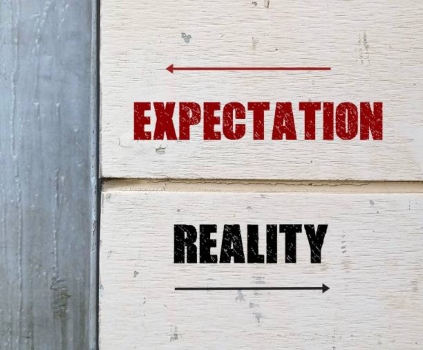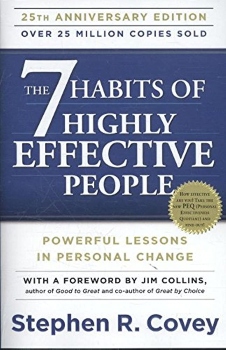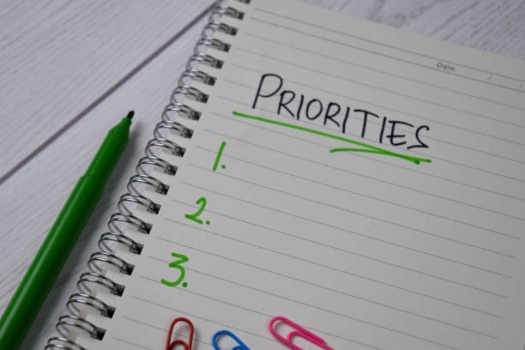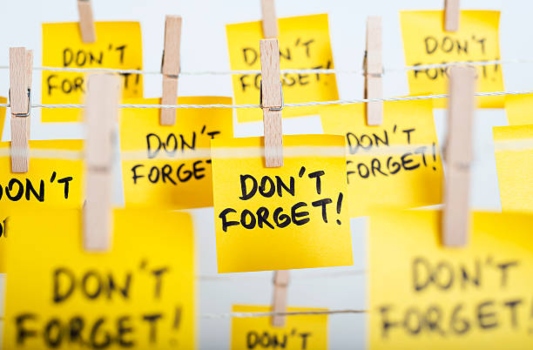Deciding What Your Big Rocks Are
Self-employed people, especially those in construction, struggle trying to keep up with all the things there are to do. I’ve experienced this from both sides. First, as a general contractor, struggling to get subs to show up when they said they would. Second, as the construction contractor, who didn’t accomplish what I said I would, when I said I would.
This practice of over-promising and under-delivering is all too common.

More times than not, over-promising and under-delivering is unintentional. We mean it when we say we’ll be there at a certain time. Then life happens and everything gets derailed.
I’ve been dealing with this problem quite a bit lately, when subs or suppliers don’t follow through at the time they said they would.
This has led to multiple conversations about prioritizing.
What makes one thing more important than another? What are the most important things to focus on today if I’m going to achieve my goals?
This reminded me of this post that I wrote back in January of 2021. It was about focusing on the most important things (the big rocks) first.
What are the big rocks that I need to put in the jar first?
I read about this time/priority analogy several years ago in Steven Covey’s book, Seven Habits of Highly Effective People. In this book there’s a good analogy of managing our choices.
Here’s how this story goes:

One day this expert was speaking to a group of business students and, to drive home a point, used an illustration I’m sure those students will never forget. After I share it with you, you’ll never forget it either.
As this man stood in front of the group of high-powered over-achievers he said, “Okay, time for a quiz.” Then he pulled out a one-gallon, wide-mouthed mason jar and set it on a table in front of him. Then he produced about a dozen fist-sized rocks and carefully placed them, one at a time, into the jar.
When the jar was filled to the top and no more rocks would fit inside, he asked, “Is this jar full?” Everyone in the class said, “Yes.” Then he said, “Really?” He reached under the table and pulled out a bucket of gravel. Then he dumped some gravel in and shook the jar causing pieces of gravel to work themselves down into the spaces between the big rocks.
Then he smiled and asked the group once more, “Is the jar full?” By this time the class was onto him. “Probably not,” one of them answered. “Good!” he replied. And he reached under the table and brought out a bucket of sand. He started dumping the sand in and it went into all the spaces left between the rocks and the gravel. Once more he asked the question, “Is this jar full?”
“No!” the class shouted. Once again he said, “Good!” Then he grabbed a pitcher of water and began to pour it in until the jar was filled to the brim. Then he looked up at the class and asked, “What is the point of this illustration?”
One eager beaver raised his hand and said, “The point is, no matter how full your schedule is, if you try really hard, you can always fit some more things into it!”
“No,” the speaker replied, “that’s not the point. The truth this illustration teaches us is:
If you don’t put the big rocks in first, you’ll never get them in at all.”
Dr. Steven R. Covey, First Things First
I love this big rock example of prioritizing our actions.
Too often we approach time as though there’s no limit.
There are so many great things to choose from but there is a limited amount of time.
We all need to do better at managing our time and what our priorities are. If I’m going to be the most productive, I need “focused intensity” on the big rocks that will help me to achieve my goals.
What are the big rocks in your life?

Growing in your faith? Spending more time with your family? Serving your customers better? Paying off debt? Taking better care of yourself physically and mentally? Helping with community projects?
Here are a couple of short videos of how putting the big rocks in first matters:





